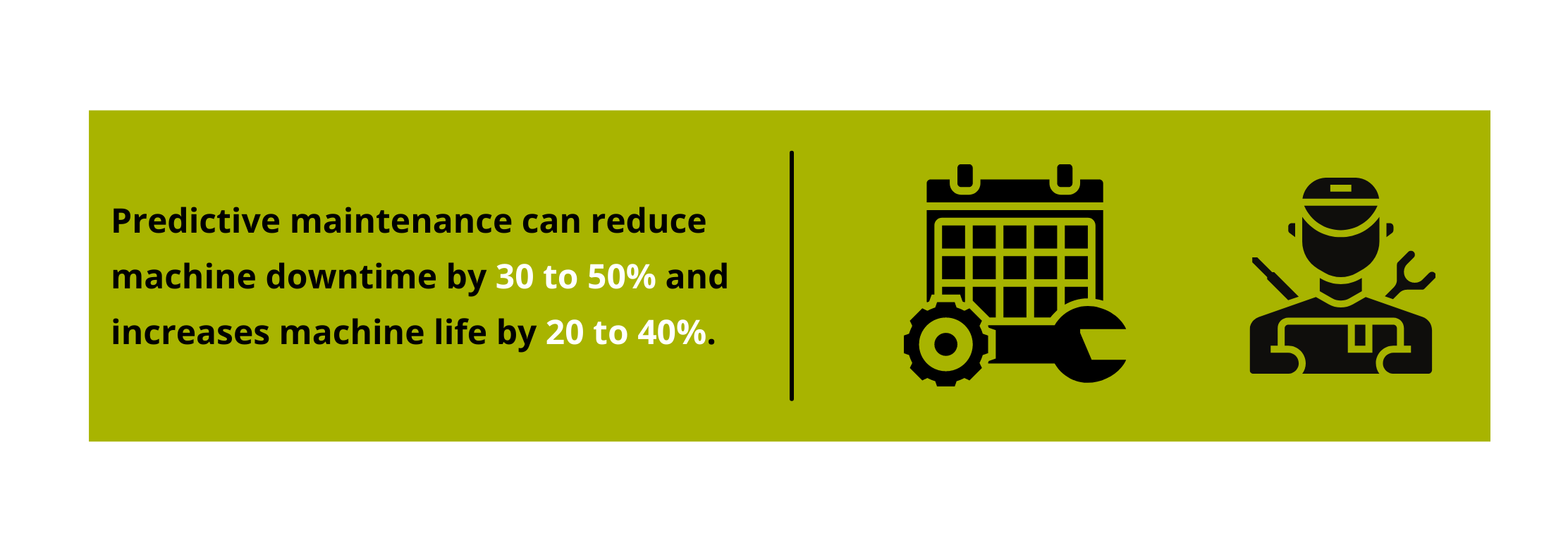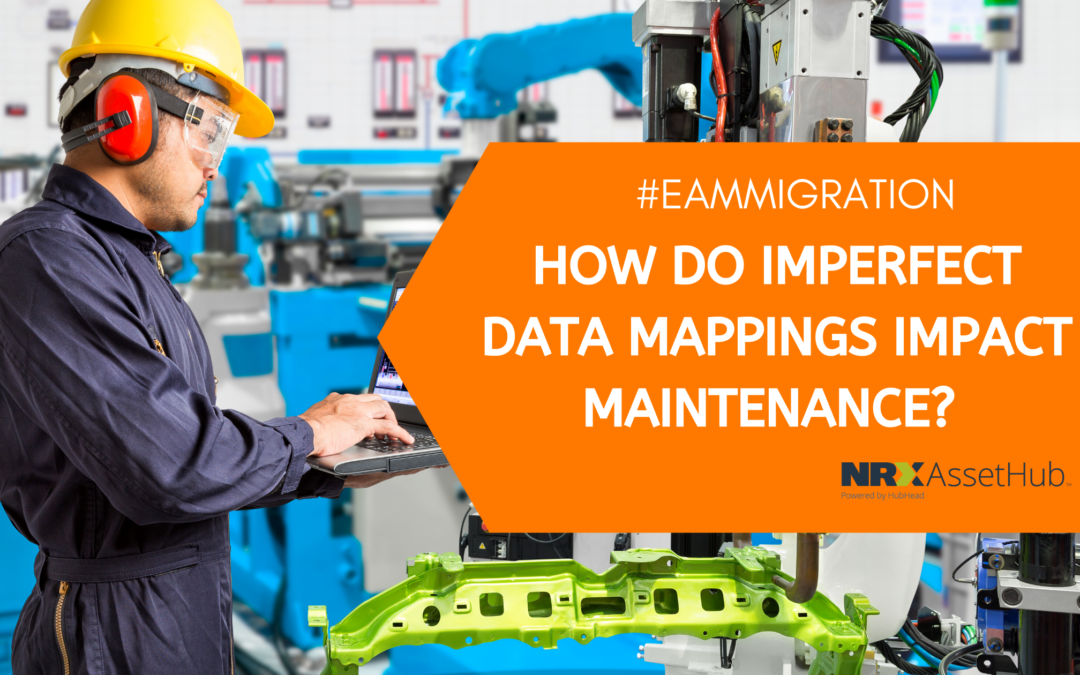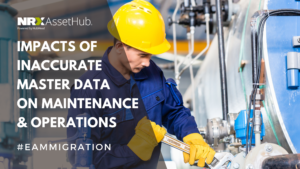An EAM migration allows asset-intensive companies to experience the benefits of an updated, user-friendly, and secure platform and helps combat the many problems that legacy systems create. Setting up your asset and maintenance master data correctly in your new EAM system is a crucial aspect of an EAM migration, but it can also be challenging.
A company’s maintenance and reliability teams play a crucial part in any asset-intensive company. They help provide the required maintenance for the correct assets at the right time. You must ensure that your assets are set up correctly in your new EAM system to support their efforts and that the maintenance plans for those assets are set up correctly and are appropriate for all the assets. Ideally, your maintenance and reliability teams will have sufficient time to review and approve the master data and fix any issues prior to the new EAM going into production.
Often IT services firms responsible for ERP or EAM migrations try to map the data from the legacy system to the new EAM. When these data mappings are imperfect, this can limit the overall success of your new EAM implementation and the ability of your maintenance team to work efficiently.

Missing and Inaccurate Asset and Maintenance Master Data
An EAM migration is also an opportunity to fix inaccurate asset and maintenance master data in your legacy system. It does not make sense to invest in a new and improved EAM solution if you are going to load it with asset data that is missing assets or badly organized.
An EAM migration is the right time to review your asset and maintenance master data. Before performing a migration, you can make sure that your asset register is complete and that your data is organized in a way that allows your maintenance team to work efficiently. A staging area provides an ideal platform where your maintenance team can review and approve the master data before loading it into the new EAM.
Maintenance Technicians are not Comfortable with the New System
For your new EAM to work properly, maintenance technicians must be familiar with how it works and satisfied with the features it provides. It should make their jobs easier, not harder. One critical aspect of that is being able to search and find equipment and parts effectively in the new EAM. It is important that your maintenance and reliability teams review and approve how assets will be described and organized in the new system before it goes into production. Without their approval, the result could be a new EAM that is difficult to use effectively.

Consider Improving your Asset and Maintenance Master Data
If you would like to find out about how NRX AssetHub can help you with your EAM migration, book a demo, and our team would be happy to help you!
Impacts of Inaccurate EAM Master Data on Maintenance and Operations
Here’s What Happens to Maintenance When your EAM Data is Bad
3 Tips on How to Increase Wrench Time and Decrease Maintenance Costs
Share this article




